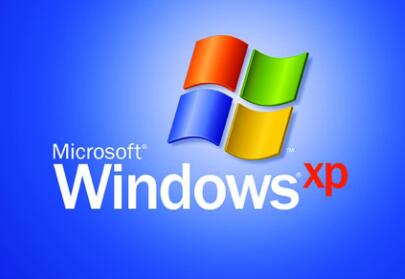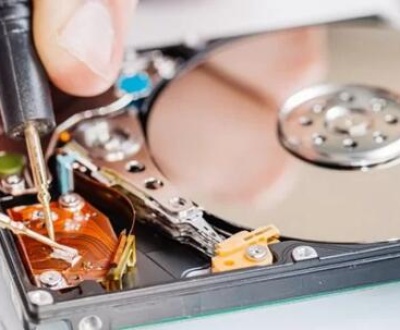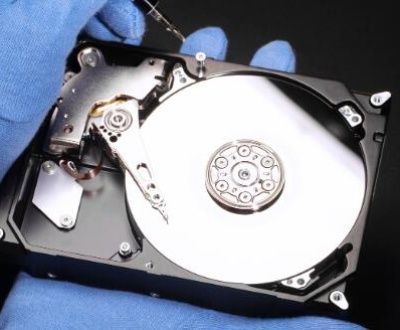To thoroughly wipe the C drive in Windows XP, there are various methods you can use, depending on whether you want to securely erase data (making it unrecoverable) or just format the drive for reuse. I’ll walk you through the entire process and options, providing detailed explanations of each approach.
Wiping the C drive in Windows XP may be necessary for various reasons:
To securely erase personal data before selling, donating, or recycling your PC.
To clean up the system from viruses or malware.
To perform a fresh installation of an operating system.
Simply deleting files or formatting the drive does not fully erase the data. It only removes references to the files, leaving the actual data recoverable until overwritten. Hence, secure erasure is critical when sensitive data is involved.
Tools You Can Use to Wipe the C Drive in Windows XP
Several tools can help wipe the C drive, including:
Windows XP built-in formatting tools: Suitable if you just want to reinstall the OS but not secure enough to erase sensitive data.
Third-party utilities: Many free and paid tools offer secure erasure.
Command Prompt: This offers more control but requires some technical knowledge.

Here’s a guide for each of the methods:
1. Using Windows XP Installation Disc to Format the C Drive
This is the easiest method if you plan to reinstall Windows XP.
Step-by-Step Guide:
Insert the Windows XP installation CD into your computer and restart it.
Boot from the CD: When the system starts, you’ll be prompted to “Press any key to boot from CD”. Do so.
Windows Setup will load, and you’ll eventually reach a screen asking if you want to install Windows. Press “Enter” to continue.
License Agreement: Press “F8” to agree to the licensing terms.
Choose the C Drive: You’ll see a list of partitions on your system. Select the partition that corresponds to your C drive.
Format the C drive: The setup will give you several options to format the drive:
Format the partition using the NTFS file system (Quick).
Format the partition using the NTFS file system (Full).
Leave the current file system intact.
Choose “Format the partition using the NTFS file system (Full)” for a thorough format. If you select “Quick,” it will only clear the file table, not the data.
Proceed with the installation: Once the format is complete, the installation of Windows XP will proceed.
This process formats the drive, but it doesn’t provide a secure erase. For that, we need to use third-party tools.
2. Using Third-Party Tools for Secure Wipe
If you want to ensure that no data is recoverable, using specialized software is the best option.
2.1. DBAN (Darik’s Boot and Nuke)
DBAN is one of the most popular and reliable tools for wiping hard drives securely.
Step-by-Step Guide:
Download DBAN: Go to the official DBAN website and download the ISO file.
Create a bootable USB/CD: Burn the DBAN ISO to a CD or create a bootable USB drive using tools like Rufus.
Boot from DBAN: Restart your computer and boot from the DBAN USB/CD by pressing the appropriate key to access the boot menu (usually F12. F2. or DEL).
Select the drive: DBAN will load and give you a simple text-based menu. Use the arrow keys to select the drive you want to wipe (in this case, your C drive).
Choose a wipe method: DBAN offers several methods for wiping:
DoD 5220.22-M: A US Department of Defense standard that writes over the data multiple times.
Gutmann method: A very thorough but slow 35-pass method.
Quick erase: A simpler and faster method, but less secure.
Select the method that best fits your needs. For most users, the DoD 5220.22-M is more than sufficient.
Start the wipe: Once you’ve selected the drive and method, press “F10” to start. DBAN will begin wiping the drive, which may take several hours depending on the size and method chosen.
Completion: When the process is done, DBAN will notify you that the drive has been wiped. You can now reinstall an operating system or repurpose the drive.
2.2. CCleaner (Drive Wiper)
CCleaner offers a secure drive-wiping tool within its suite, suitable for wiping the C drive before reinstalling Windows or giving away the system.
Step-by-Step Guide:
Download and install CCleaner from its official website.
Open CCleaner and navigate to Tools: On the left-hand sidebar, select “Tools”, and then click “Drive Wiper.”
Choose the C drive: Select your C drive from the drop-down menu.
Select a wipe method: CCleaner provides several options:
Simple Overwrite (1 pass)
Advanced Overwrite (3 passes)
Complex Overwrite (7 passes)
Choose Complex Overwrite for secure erasure.
Start the wipe: Click “Wipe” to begin. Keep in mind that CCleaner can’t wipe the active system drive (C drive) while Windows is running. You’ll need to run it from a bootable environment.
2.3. Eraser
Eraser is another powerful, open-source tool for securely erasing data.
Step-by-Step Guide:
Download and install Eraser from its official website.
Set up a task: Open Eraser and select “New Task” to wipe the C drive.
Choose the drive and method: Select the C drive and pick from various wiping algorithms. Gutmann (35 passes) is the most thorough, but slower. A 7-pass wipe is generally sufficient.
Execute the task: Once you’ve set up the task, run it to securely wipe the C drive.
3. Using Command Prompt (Manual Method)
If you’re comfortable using the Command Prompt, you can wipe the drive using built-in commands in Windows Recovery Console. However, this method is more suitable for formatting than secure erasure.
Step-by-Step Guide:
Insert the Windows XP installation CD and boot from it.
Access the Recovery Console: When prompted, press “R” to access the Recovery Console.
Log in: Choose the Windows installation you want to log into, and provide the administrator password.
Use the format command: Once inside the Recovery Console, type the following command:
bash
format c: /fs:ntfs
This command will format the C drive with the NTFS file system. You can replace ntfs with fat32 if needed.
Confirm the action: You’ll be prompted to confirm the action by typing “Y”.
Wait for the process to complete: After a few minutes, the drive will be formatted.
This method only formats the drive but doesn’t ensure that data is unrecoverable.
4. Using a Linux Live CD for Disk Wiping
If you don’t have access to Windows-based tools, you can use a Linux Live CD, such as Ubuntu, to wipe the C drive.
Step-by-Step Guide:
Download an Ubuntu ISO: Visit the official Ubuntu website to download the ISO file.
Create a bootable USB/CD: Use a tool like Rufus to create a bootable USB or CD from the ISO.
Boot from the Ubuntu USB/CD: Restart your computer and boot into Ubuntu.
Open the Terminal: Once in Ubuntu, open a Terminal window.
Use the dd command: Type the following command to wipe the C drive:
javascript
sudo dd if=/dev/zero of=/dev/sda bs=1M
This command writes zeroes to the entire C drive (/dev/sda). Be sure to verify the drive name (/dev/sda) using the fdisk -l command before running dd.
Completion: After the process is complete, the drive will be wiped, and you can reinstall an OS.
The method you choose depends on your specific needs. If you just want to reinstall Windows XP, a simple format using the installation disc will suffice. However, if your goal is to securely erase all data, DBAN or another third-party tool should be used.
Wiping your drive securely is critical for protecting your personal information, especially when disposing of or selling your computer. By following the steps above, you can ensure that your data is thoroughly erased and not recoverable by standard data recovery methods.
About us and this blog
Panda Assistant is built on the latest data recovery algorithms, ensuring that no file is too damaged, too lost, or too corrupted to be recovered.
Request a free quote
We believe that data recovery shouldn’t be a daunting task. That’s why we’ve designed Panda Assistant to be as easy to use as it is powerful. With a few clicks, you can initiate a scan, preview recoverable files, and restore your data all within a matter of minutes.
Subscribe to our newsletter!
More from our blog
See all postsRecent Posts
- Data recovery salt lake city utah 2025-04-18
- Data recovery sacramento 2025-04-18
- Data recovery miami 2025-04-18

 Try lt Free
Try lt Free Recovery success rate of up to
Recovery success rate of up to









